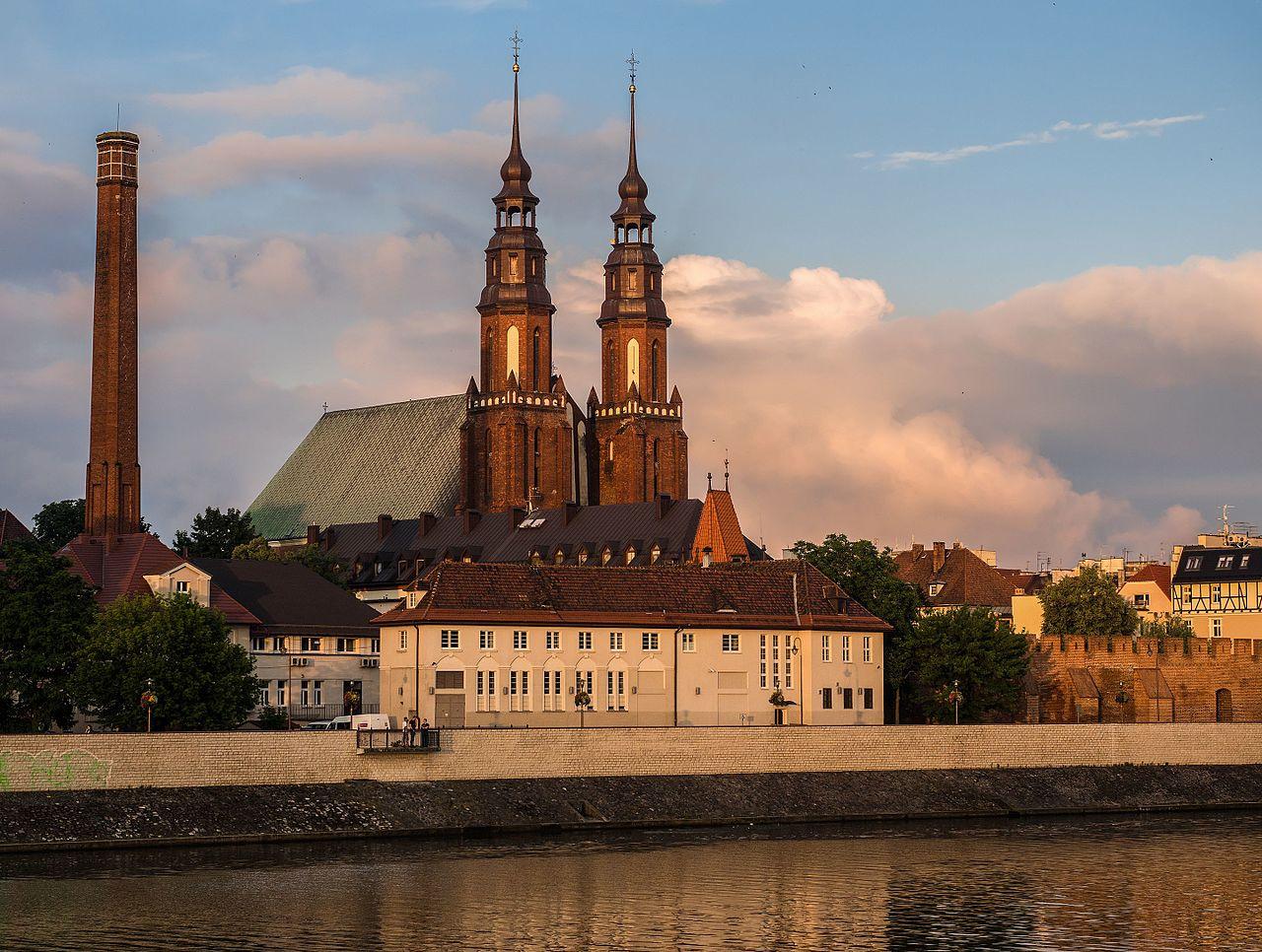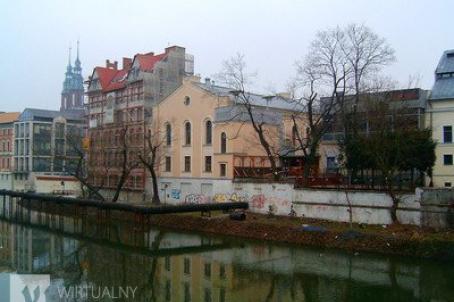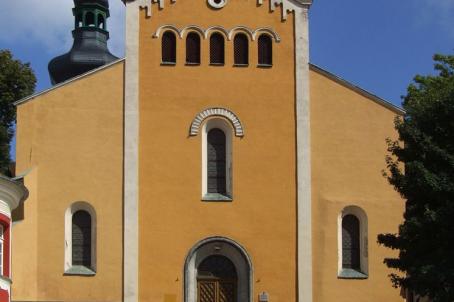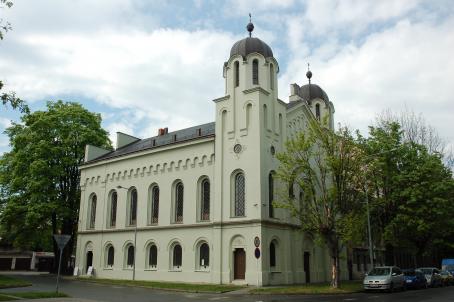Opole Cathedral

Opole Cathedral was built in its present form in the 15th century. A great fire in 1415 destroyed the previous church and a new one had to be built, which was not completed until 1520. Other fires damaged the church in 1615 and 1647. In the 19th century, further renovations were carried out, giving the church a neo-gothic style. The church did not become a cathedral until after the Second World War.





